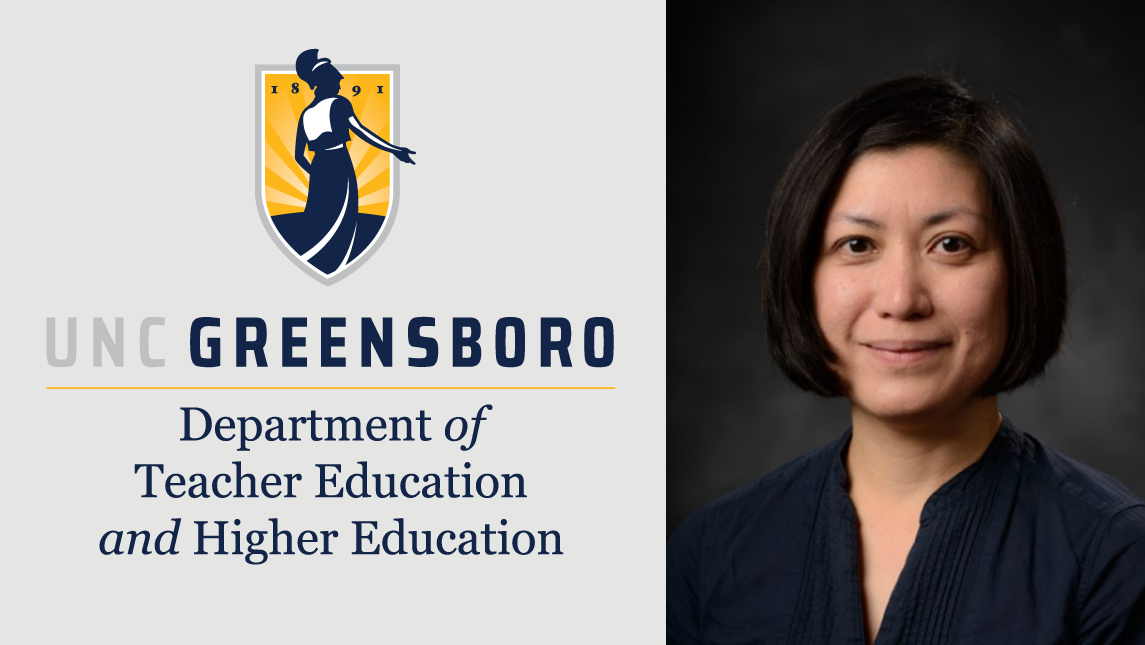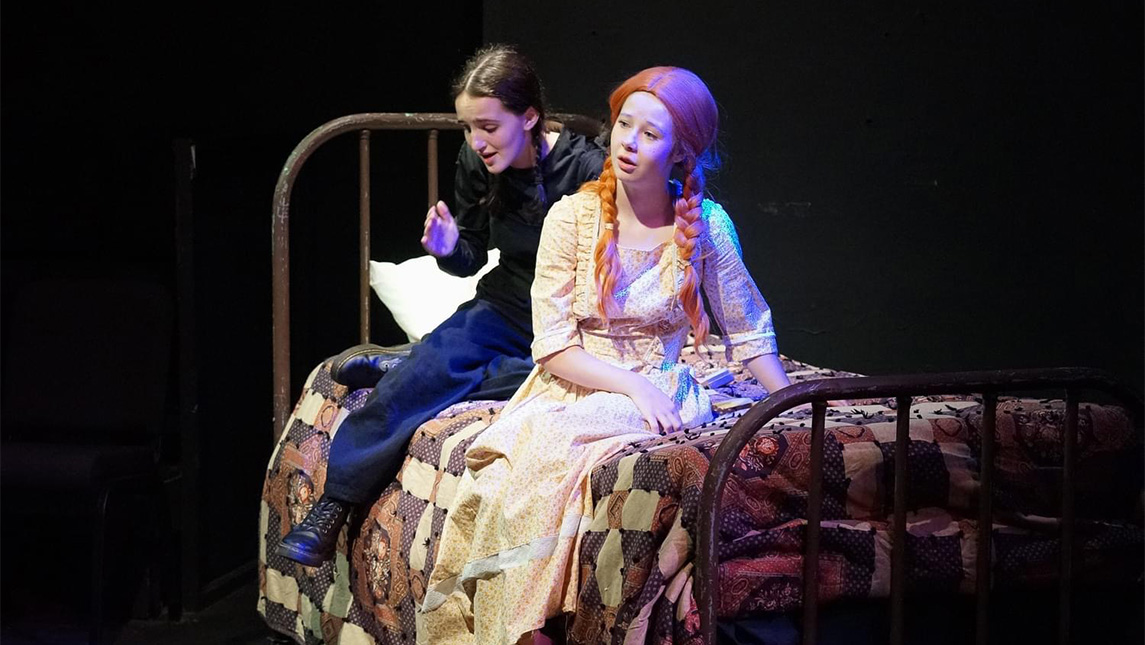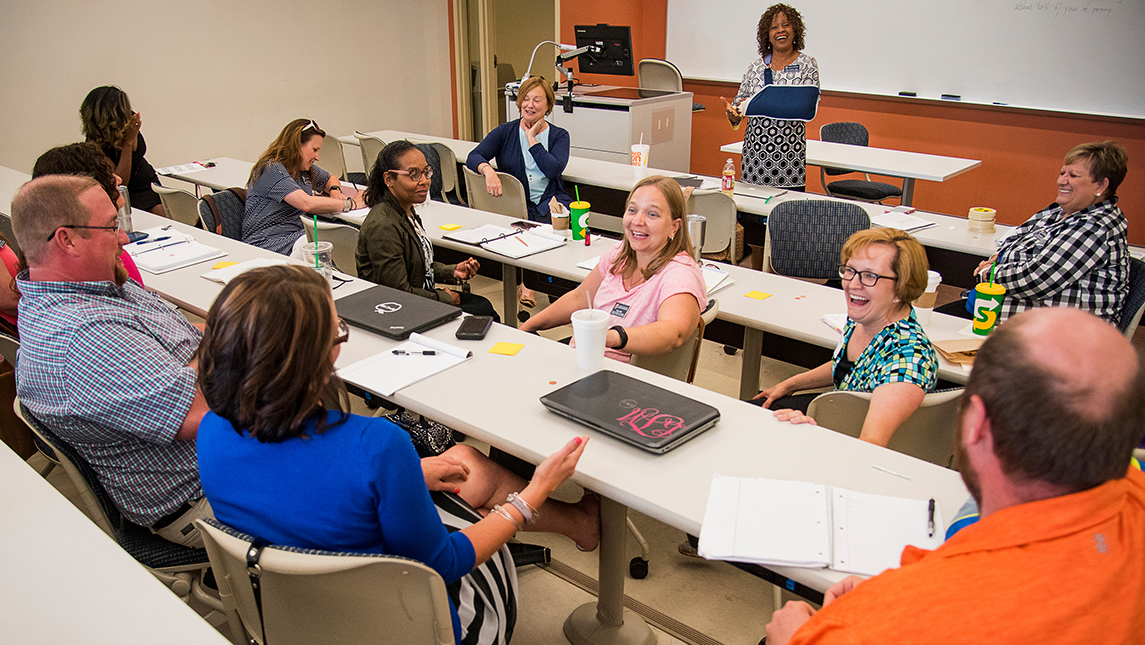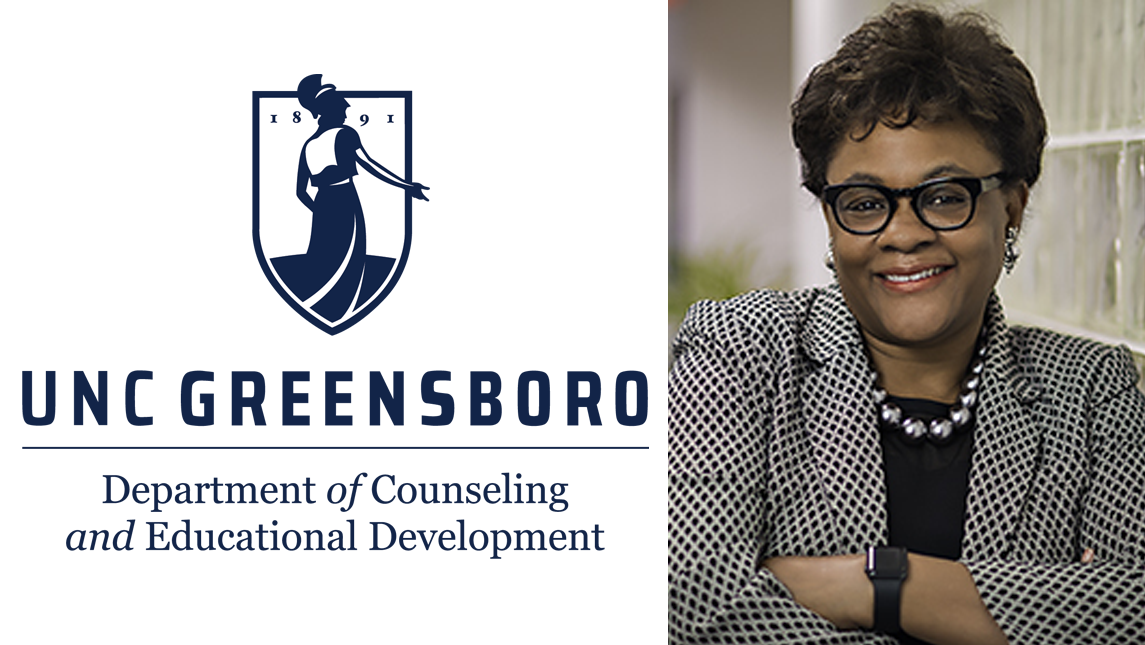For Dr. Edna Tan, the Hooks Distinguished Professor of STEM Education in the Department of Teacher Education and Higher Education at UNC Greensboro, reaching children and families of historically minoritized communities to encourage participation in STEM fields has become part of her everyday life.
Funded by multiple grants, some of the work that Tan is engaged in includes involvement at two Guilford County middle schools and running STEM sessions at the Boys & Girls Club.
One of Tan’s projects involves working with parents of color in research-practice-partnerships with their middle schoolers’ classroom science teachers, co-planning standards aligned, community-focused curriculum. These partner parents are those who typically are not able to participate in traditional PTA or attend parent-school meetings with teachers due to having to work multiple jobs or other barriers. Many of the experiences these parents have had with schools have thus been negative. In emotional sessions, these parents opened up about the stress these experiences can cause in their homes. But through these meetings, parents have learned that there is support and resources available to them, especially in STEM.
Tan said, “Parents and family members were open and vulnerable. They talked at length about their stress. It is really hard to hear and really hard to witness, but that also builds solidarity. They were surprised that STEM education researchers actually care about what they think.”
As a researcher, these sessions provided insights that allowed Tan to ask other research questions. It has led her to ask what does humanizing students really mean in terms of practice and who might it involve beyond the classroom walls?
This project also involves interviewing teachers and observing students in the classroom as the team works to design and study new modes of empowering parental engagement in STEM teach-parent partnerships. Tan and her team are figuring out the ins and outs of fostering rightful familial presence in middle school STEM teaching and learning.
Under 10% of people working in STEM fields are Black. While this statistic is sobering and something Tan considers in her projects, ultimately her research goal is to broaden the tent of STEM, working towards justice both in the here-and-now and in the future. Tan has had students tell her that “STEM is for white people” and that students of color struggle with tensions within their communities because of the fraught history of Western science with communities of color.
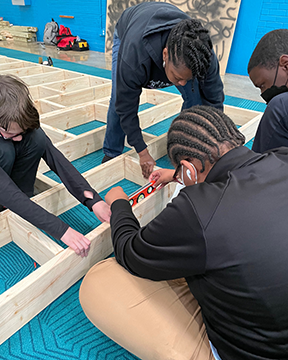
Through her research projects, Tan hopes that the new activity systems that have developed from the rightful familial presence project could be replicated to improve the outcomes for more minoritized children and their families. However, Tan is quick to stress that the ideas that come out of each of these new activity systems would need to be tailored to the local context of specific communities, school, or district.
Tan said, “The shape of the activity system and that connectivity system should be able to adapt to whatever is of concern to the community. When I think about scale, I am interested in thinking about how to share with the field scaling infrastructure and activity systems that position historically oppressed stakeholders with more power. It is not about scaling a product.”
The outcomes have been promising for the groups that Tan is working with. Parts of curriculum have been completely rewritten, parents are becoming more involved, and students are becoming more comfortable in STEM areas.
In her 12 years of work with children and youth at the Boys & Girls Club, Tan has seen numerous students come and go through the programs there. She invites teachers that she works with in the classroom to visit the Boys & Girls Club to “see the possibilities when you don’t have a pacing guide to adhere to.”
A long-term, community-based relationship with youth and stakeholders at the Boys & Girls Club has allowed Tan’s team to work with the community to use STEM for change that is desired by the community. For example, the youth makers at the Boys & Girls club built a 20-foot by 8-foot, elevated community stage for their theater program. The group had been utilizing space in a connected chapel, a space that was not always available for their use. Despite some early skepticism from the youth, who thought they would only make models with popsicle sticks or sketch plans on paper, the stage was built.
Tan said, “They did not believe us until the day we brought in all the planks of wood in a truck. These youths that we work with have just had really bad experiences in school in STEM and those experiences stick, even as they have all been in our STEM maker program every week for multiple years. The stage was a labor of love with many community stakeholders, including many youth at the Boys & Girls Club, club staff members, community elders, and UNCG maker experts such as Matt Fisher and his makers-in-residence students.
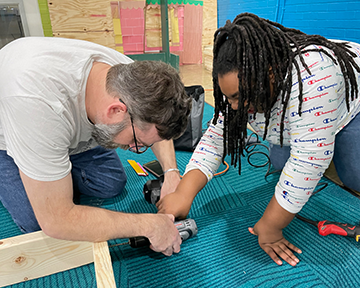
None of this work can be accomplished quickly. It takes someone who is committed to the community and building relationships to make a difference. It takes creating good memories, experiences, and associations for these children to want to consider that they do enjoy STEM, are good at STEM, and maybe think about pursuing STEM.
Tan said, “We happened to be working this year with a younger group (1st to 3rd graders). Seeing them touch and play with the Ozobots and the questions they asked, you see the curiosity and the sparks of interest and joy. For me, that’s very inspiring. In the here and now they have a good experience. They want to come back because of the good experience.”
That dedication extends to working with teachers as well as Tan said, “I think it’s really important to work with teachers across time to understand their expertise and their pedagogical philosophy. Teachers are professionals with layered expertise that they draw upon in varied contexts and it is important to learn from them and witness their range.”
Ultimately, Tan hopes to have an impact on the lives of both the students and the teachers that she has been privileged to work with, some of them for nearly their entire careers. The proof of her work is in the outcomes. She has seen students remain in informal STEM programs for multiple years, come back to serve as youth mentors to new cohorts, and some of them earning scholarships to elite four-year colleges. The students in the classrooms of the teachers that Tan’s team works with consistently outperform their peers on standardized metrics even as their teachers shifted their pedagogies to be centered on youth and community assets and concerns, using STEM as a tool to address these community issues.
Much of Tan’s funding has come from the National Science Foundation and the William T. Grant Foundation. Tan is a fellow of the American Association for the Advancement of Science (AAAS) and a fellow of the International Society of the Learning Sciences. Tan will begin a five-year term as a Co-Editor in Chief of the Journal of Research in Science Teaching (JRST) in January 2025.
